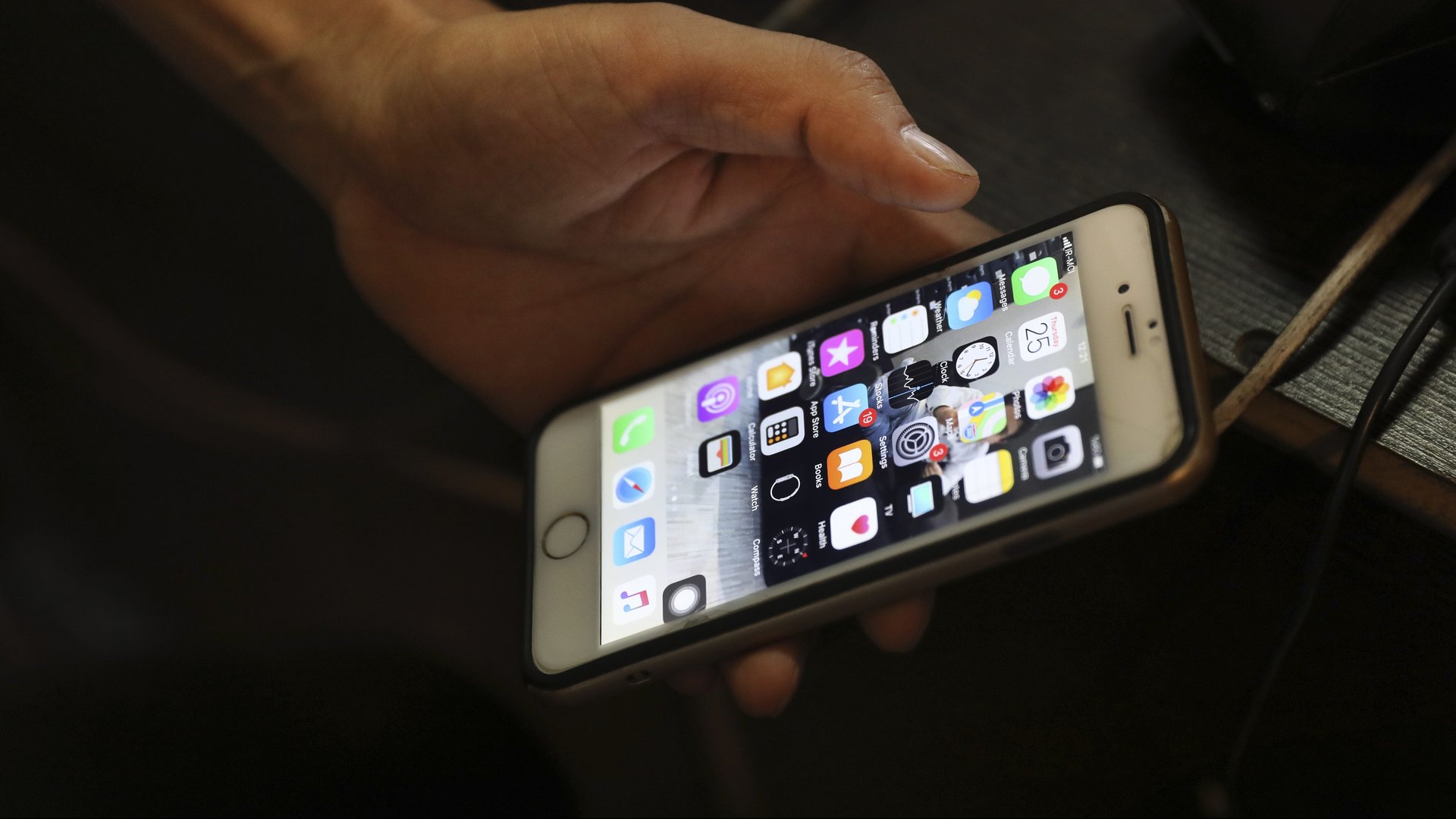The novel coronavirus can likely live up to 96 hours on phone screens
Most cases of Covid-19 are mild—but it travels quickly. Luckily, the best way to prevent spreading it is pretty simple: Keep good hygiene. Scrub your hands for at least 20 seconds frequently, cover your nose and mouth when you cough, and try to avoid contact with others you know are sick.


Most cases of Covid-19 are mild—but it travels quickly. Luckily, the best way to prevent spreading it is pretty simple: Keep good hygiene. Scrub your hands for at least 20 seconds frequently, cover your nose and mouth when you cough, and try to avoid contact with others you know are sick.
These techniques work because tiny droplets from coughing and sneezing can carry the novel coronavirus as far as three to six feet (or one to two meters). If they happen to make it into another person’s airways, they could become infected.
But the virus can also likely live on the surfaces these droplets touch, sometimes for multiple days, says Rudra Channappanavar, an immunologist who has studied coronaviruses at the University of Tennessee Health Science Center. Glass in particular—like the kind on screen of the smartphone you’re probably reading this on—can harbor live coronaviruses for up to 96 hours, or four days at room temperature.
These estimates come from data collected during the 2003 SARS outbreak and reported to the World Health Organization. The two viruses are genetic cousins: Both infect our airways, have a single strand of genetic material, called RNA, and have proteins protruding from their shells. The virus behind the SARS outbreak is technically named SARS-CoV; the new virus is SARS-CoV-2.
In theory, it’d be pretty easy to pick up the novel coronavirus from your phone screen. If someone coughed or sneezed near your phone on your morning commute while you were scrolling through social media, you could inadvertently touch that droplet and then touch your nose or mouth.
Most people touch their phones and faces a lot: One study conducted by the research firm Dscout found that, in a group of 94, the average person picked up their phone 2,600 times per day. They also spent extended time on it (scrolling, checking emails) 76 times per day. Another small study from researchers at the University of New South Wales in Australia found that people touch their face about 23 times per hour, or 368 times during their waking hours. This study only tracked 26 college students, but still: It’s a pretty common habit most of us do without thinking.
Gross phone screens and other surfaces are nothing new. We’re constantly exposed to viruses and bacteria on everything—and for the most part they don’t make us sick. But it’s worth remembering where these pesky microbes can live, particularly in times when infections are common. Channappanavar says that if there’s ever a time when you pick up an infection like Covid-19 without any known exposure to it, it’s likely that you got it from one of these surfaces.
Thankfully, there’s an easy solution: Clean the surfaces around you. Apple recommends cleaning phone surfaces with a microfiber cloth slightly damp with soapy water. You can also use face wipes or baby wipes, or a solution of half water and half rubbing alcohol—just avoid any openings. UV lights will also kill most viruses bacteria on surfaces, but those cost about $60.
If you’re still worried, remember: It can’t hurt to wash your hands more, and touch your face less.